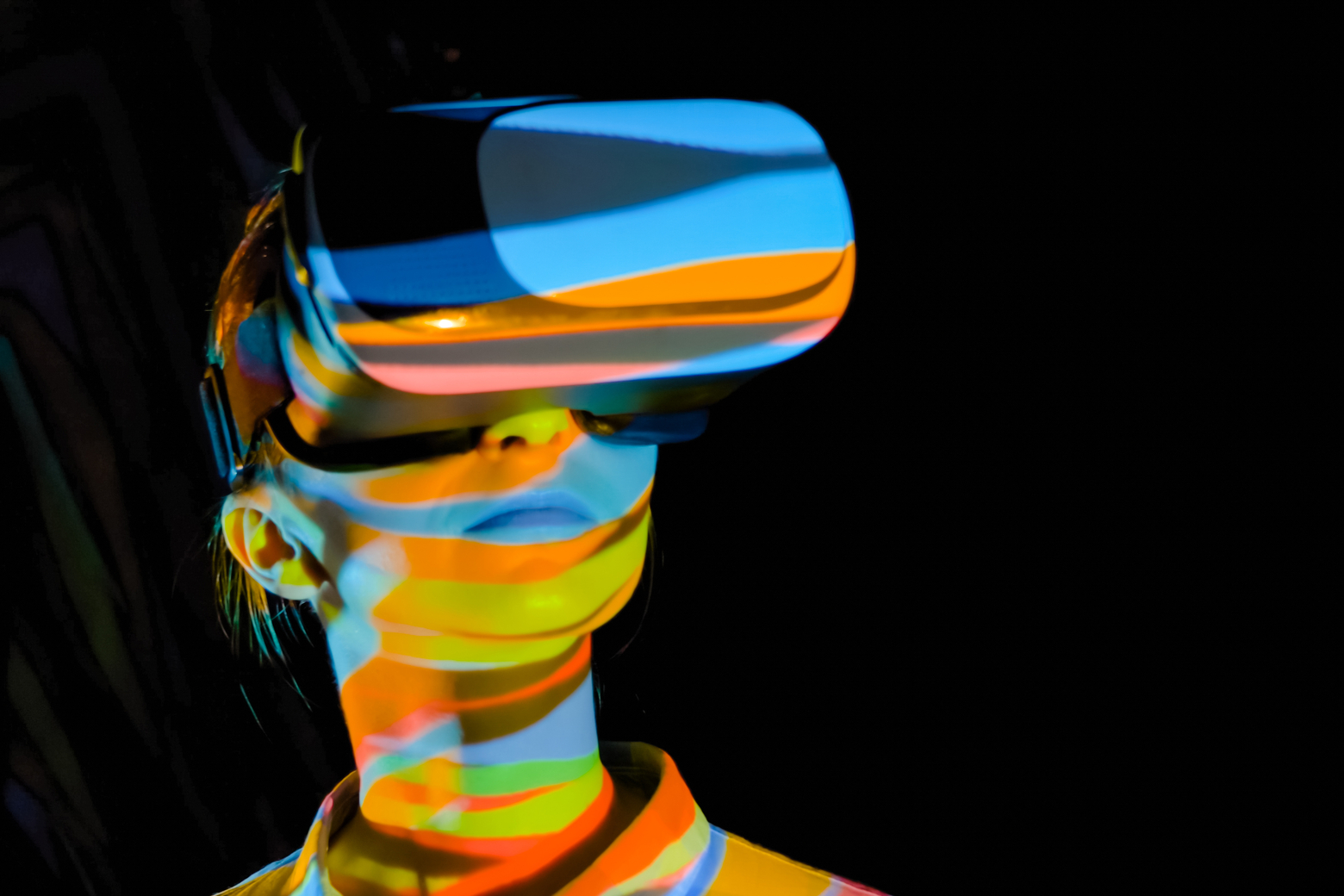EP.6| The Future of VR Technologies: The Last Episode
After four years of research, it’s clear VR has a bright future, though challenges remain. Virtual reality-induced symptoms and effects (VRISE) are real, as noted by EU-OSHA (Souchet et al., 2022), and early research by Cobb et al. (1999). Recent studies highlight the impact of extended VR use on cognitive load and spatial orientation (Souchet et al., 2022).
But humans are smart and really innovative. VR offers tremendous positive aspects, especially in social VR and mental wellness. Social VR platforms allow users to connect in immersive environments, fostering meaningful interactions despite physical distances (Scavarelli et al., 2020). For mental wellness, VR provides therapeutic environments for relaxation (Spiegel, 2018), exposure therapy (Rizzo et al., 2021), and mindfulness practices (Ma et al., 2023), showing promising results in reducing anxiety and stress.
One key challenge is deciding whether VR processing should be handled by developers or headsets. High-end PCs allow for complex VR experiences but are costly, while standalone headsets like the Oculus Quest make VR more accessible but can limit quality. Balancing processing power and accessibility is crucial (Fares et al., 2024).
The corporate approach to VR content also impacts the industry. Major tech companies dominate VR development, which can stifle innovation. Supporting independent developers through grants and collaborative platforms can diversify and enrich VR experiences (Henz, 2022).
Thank you for joining me on this journey. Please be sure to visit the links on episode pages to find out what guests are up too and stay curious, stay informed, and stay well.
Edward Jackowiak
episode REFERENCES
Cobb, S., Nichols, S., Ramsey, A., & Wilson, J. R. (1999). Virtual Reality-Induced Symptoms and Effects (VRISE). Presence (Cambridge, Mass.), 8(2), 169–186. https://doi.org/10.1162/105474699566152
Fares, O. H., Aversa, J., Lee, S. H., & Jacobson, J. (2024). Virtual reality: A review and a new framework for integrated adoption. International Journal of Consumer Studies, 48(2). https://doi.org/10.1111/ijcs.13040
Henz, P. (2022). The societal impact of the metaverse. Discover Artificial Intelligence, 2(1). https://doi.org/10.1007/s44163-022-00032-6
Ma, J., Zhao, D., Xu, N., & Yang, J. (2023). The effectiveness of immersive virtual reality (VR) based mindfulness training on improvement mental-health in adults: A narrative systematic review. Explore, 19(3), 310–318. https://doi.org/10.1016/j.explore.2022.08.001
Rizzo, A. “., Goodwin, G. J., De Vito, A. N., & Bell, J. D. (2021). Recent advances in virtual reality and psychology: Introduction to the special issue. Translational Issues in Psychological Science, 7(3), 213–217. https://doi.org/10.1037/tps0000316
Scavarelli, A., Arya, A., & Teather, R. J. (2020). Virtual reality and augmented reality in social learning spaces: a literature review. Virtual Reality, 25(1), 257–277. https://doi.org/10.1007/s10055-020-00444-8
Souchet, A. D., Lourdeaux, D., Pagani, A., & Rebenitsch, L. (2022). A narrative review of immersive virtual reality’s ergonomics and risks at the workplace: cybersickness, visual fatigue, muscular fatigue, acute stress, and mental overload. Virtual Reality (Waltham Cross), 27(1), 19–50. https://doi.org/10.1007/s10055-022-00672-0
Spiegel, B. M. (2018). Virtual medicine: how virtual reality is easing pain, calming nerves and improving health. Medical Journal of Australia, 209(6), 245–247. https://doi.org/10.5694/mja17.00540


